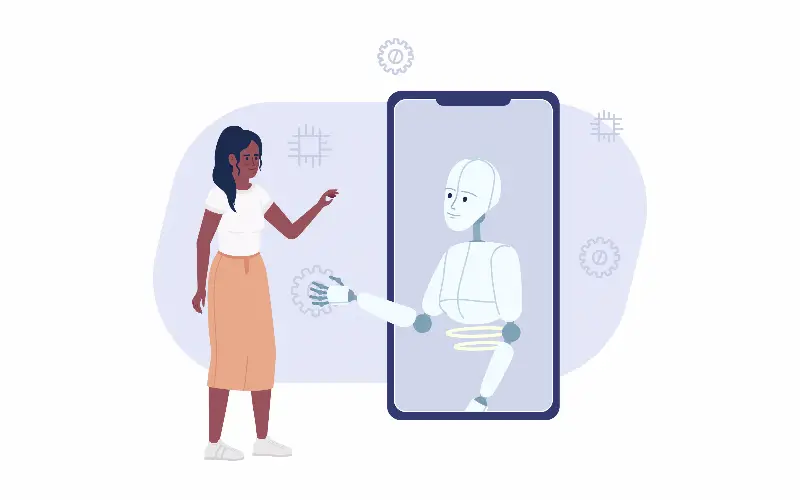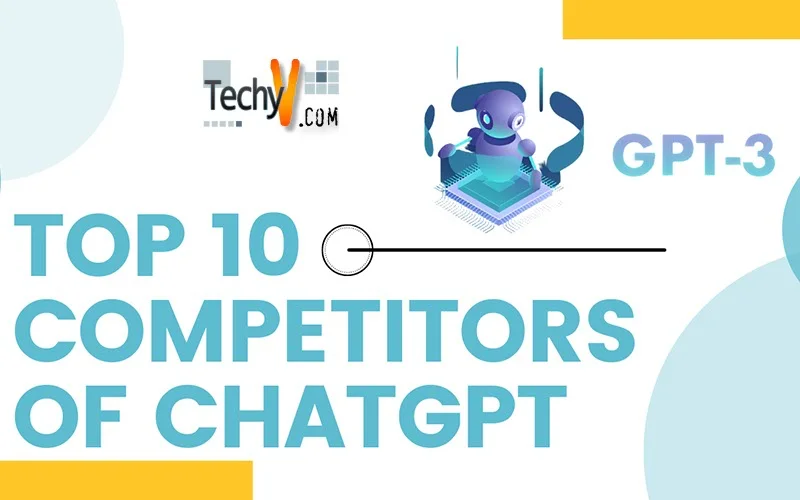In the domain of technology, a revolution started in November 2022. And ChatGPT is this brand-new technology craze. It is an AI-powered chatbot that can produce text in response to your questions. The fact that these generative chatbots are much more effective than standard chatbots must be kept in mind, though. Future natural language processing (NLP) technologies with AI support are promising. Understandably, ChatGPT is a highly competitive industry. AI is required to build intelligent chatbots; the most well-known one is ChatGPT, created by OpenAI. This AI chatbot can digest data and intelligently respond to user questions. It can even ask follow-up questions to simulate conversations with people. A primary goal for organizations like Amazon, Google, DeepMind, and other market participants is to increase their chatbot solutions’ effectiveness, safety, and usability. As an AI language model, ChatGPT has several competitors in the market. Here are ten of the most prominent ones:
1. OpenAI’s GPT-3
OpenAI’s GPT-3 (Generative Pre-trained Transformer 3) is a cutting-edge language model that has taken the field of natural language processing by storm. With its unmatched size and performance, GPT-3, created by OpenAI, one of the top AI research organizations in the world, has raised the bar for language models. With 175 billion parameters, it is one of the most significant language models to date and can generate highly coherent and human-like language. Language translation, text summarization, question-answering, and even creative writing are just a few of the many uses for GPT-3. GPT-3 differs from previous language models in that it learns and becomes better with experience, making it a powerful tool for companies and people needing to produce high-quality text material rapidly and effectively. GPT-3 has the potential to fundamentally alter how humans interact with language and has opened the door for the future creation of ever more sophisticated language models.
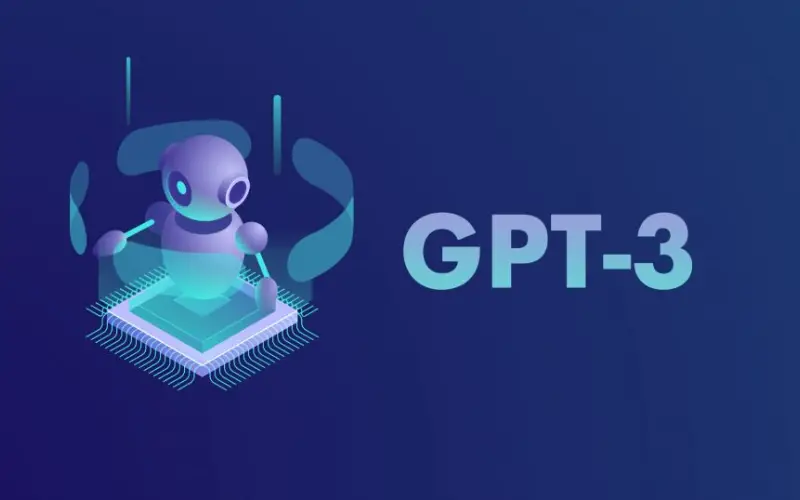
2. Google’s BERT
Google’s BERT (Bidirectional Encoder Representations from Transformers) is a state-of-the-art language model developed by Google’s AI research team. To comprehend the context and subtlety of human language, BERT is a transformer-based model that has been pre-trained on a sizable corpus of text data. It may answer questions, categorize texts, and do linguistic translations, among other natural language processing activities, can be performed. BERT differs from previous language models in that it employs a bidirectional method that enables it to consider the context of both the words that come before and after one another in a phrase, producing highly accurate and realistic-sounding output. A popular language model in natural language processing, Google has included BERT in various products, including Search.
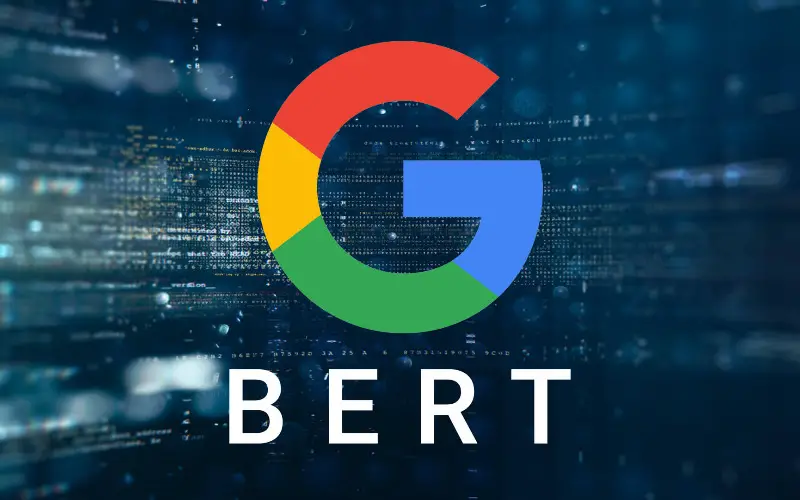
3. Microsoft’s Turing
Microsoft launched the AI-powered Bing search engine in February 2023. they have developed Microsoft Bing AI as an artificial intelligence system for their Bing search engine. By recognizing and comprehending user intent, the Bing AI system can generate more tailored search results based on the individual’s past search history and preferences. In addition, Microsoft is continually enhancing and updating the Bing AI system to meet user needs and technological advancements. The goal of Bing AI is to have the ability to comprehend the purpose behind search queries and give users more individualized and pertinent results. With Bing AI being trained on enormous amounts of data to understand user intent better and deliver more accurate results, his technology is constantly changing and improving. Bing AI is also being used to enhance the functionality of Windows 10 and Office 365, two additional Microsoft products. To increase the system’s effectiveness and accuracy, updates are made frequently.

4. Facebook’s RoBERTa
RoBERTa, a language model developed by Facebook, is a highly advanced and sophisticated tool built on the foundation of Google’s BERT architecture. With a pre-training on a vast corpus of text data, RoBERTa can produce natural language text that is highly coherent and contextually appropriate, thanks to its deep learning algorithms. It is a terrific option for organizations and individuals needing to produce high-quality text material fast and effectively since one of its main benefits is its ability to learn and adapt to new data swiftly. RoBERTa’s applications span various natural language processing tasks, including language translation, text summarization, and sentiment analysis. Furthermore, Researchers have utilized RoBERTa to create highly intelligent chatbots and virtual assistants to carry out meaningful conversations with humans. One of the most sophisticated and intricate language models currently accessible, RoBERTa can significantly alter how we interact with literature written in natural language.

5. Amazon Codewhisperer
Amazon Codewhisperer is an AI tool specially designed for developers. It uses NLP and ML algorithms to check the code, identify the issues, and respond with a detailed analysis. It helps developers improve productivity by generating code recommendations. At the time of writing, developers have free access to this effective tool. Amazon Codewhisperer also can learn from user feedback and improve its recommendations over time, making it an even more valuable resource for developers looking to streamline their coding process. Codewhisperer will become a standard tool for developers of all experience levels thanks to its cutting-edge technology and approachable interface.

6. Microsoft Bing AI
Microsoft launched the AI-powered Bing search engine in February 2023. they have developed Microsoft Bing AI as an artificial intelligence system for their Bing search engine. By recognizing and comprehending user intent, the Bing AI system can generate more tailored search results based on the individual’s past search history and preferences. In addition, Microsoft is continually enhancing and updating the Bing AI system to meet user needs and technological advancements. The goal of Bing AI is to have the ability to comprehend the purpose behind search queries and give users more individualized and pertinent results. With Bing AI being trained on enormous amounts of data to understand user intent better and deliver more accurate results, his technology is constantly changing and improving. Bing AI is also being used to enhance the functionality of Windows 10 and Office 365, two additional Microsoft products. To increase the system’s effectiveness and accuracy, updates are made frequently.

7. Salesforce’s CTRL
Salesforce’s CTRL (Conditional Transformer Language Model) is an artificial intelligence (AI) model developed by Salesforce Research. Because CTRL is a conditional language model, it can tailor for particular jobs or industries, like marketing or customer service. CTRL from Salesforce has many benefits for businesses looking to create chatbots or automated systems that can communicate with clients or users in a more relaxed and human-like way. The deep learning architecture is known as the transformer, which has proven successful for natural language processing tasks. Since CTRL is a conditional language model, it can tailor for particular jobs or domains, like customer service or marketing. CTRL from Salesforce is a beneficial tool for businesses seeking to develop chatbots or automated systems to engage with customers or users more relaxed and natural. Generally speaking, Salesforce’s CTRL represents a significant development in natural language processing and has the power to change how companies interact with their users and customers fundamentally.

8. IBM’s Watson
IBM’s Watson AI system analyzes massive amounts of unstructured data using machine learning and natural language processing techniques, significantly disrupting the industry. The designers initially designed the system to compete on the game show Jeopardy!, where it famously defeated two of the show’s top champions. Since then, several industries have adopted Watson from IBM, such as healthcare, finance, and education. These industries leverage Watson’s capability to analyze massive volumes of data to identify patterns and insights that would be challenging or impossible for humans to observe. To help doctors make more accurate diagnoses and treatment plans, Watson can be used in the healthcare industry, for instance, to analyze medical records and diagnostic images. We can use Watson to analyze financial data and news articles in finance to help traders make more informed investment decisions. In education, we can use Watson to analyze student performance data and provide personalized recommendations for learning and study. To sum up, the development of artificial intelligence IBM’s Watson has significantly aided. It can potentially revolutionize many industries by offering insightful data and analysis that would be difficult or impossible. They must emphasize the difficulty level involved in humans producing the task more.
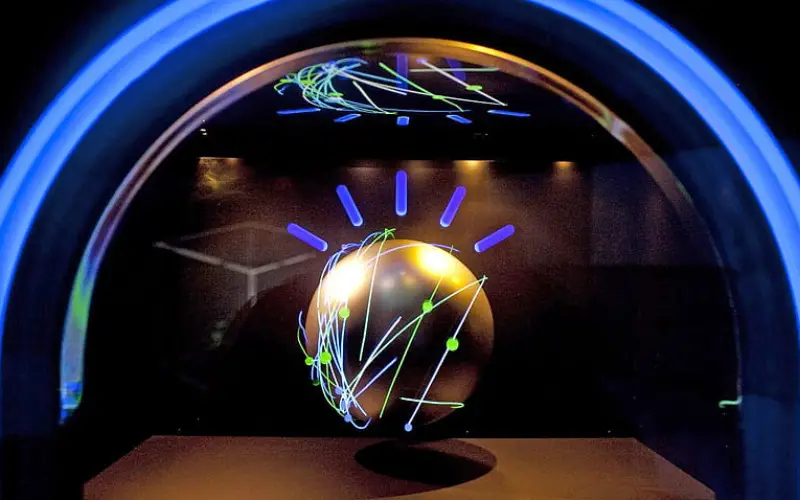
9. Tencent’s T5
T5 is a massive natural language processing (NLP) model developed by Tencent that aims to understand and generate text that resembles human language. The T5 model is one of the most intricate NLP systems ever made, with more than 11 billion parameters. Due to its large size, the model can accurately and coherently comprehend and produce text on various topics. To train T5 to write pertinent, excellent text on multiple issues, various text sources, including books, articles, websites, and articles, can be used. The model has also been optimized for tasks like text summarization and question answering, making it especially helpful for companies looking to create AI-powered tools for these applications. TENCENT’s T5 represents an important development in natural language processing, and it holds the promise of creating new, previously impractical services and applications. Tencent’s T5 is a helpful tool for businesses with a global presence because it can also produce text in various languages. Its adaptability and accuracy make it a good choice for companies reorganizing their processes and improving customer experiences through AI-powered language processing.

10. Character AI
Artificial intelligence, known as “character AI” is concerned with creating intelligent avatars or agents that mimic human behaviour in online games or virtual worlds. The user will have a more immersive gaming experience if these characters interact with the setting and other characters realistically and responsively. Character AI entails the creation of formulas and techniques for various tasks, including character animation, judgement, natural language processing, and social interaction. While decision-making algorithms can assist characters in making wise decisions based on their environment and objectives, they can use character animation algorithms to produce realistic movements and expressions. Character AI has advanced significantly recently, with researchers building ever-more complex algorithms and methods for creating lifelike characters. Games prioritizing consistency AI has become more widely played as players search for more immersive and compelling experiences. Character AI will likely become an increasingly crucial component of game development as technology develops.
